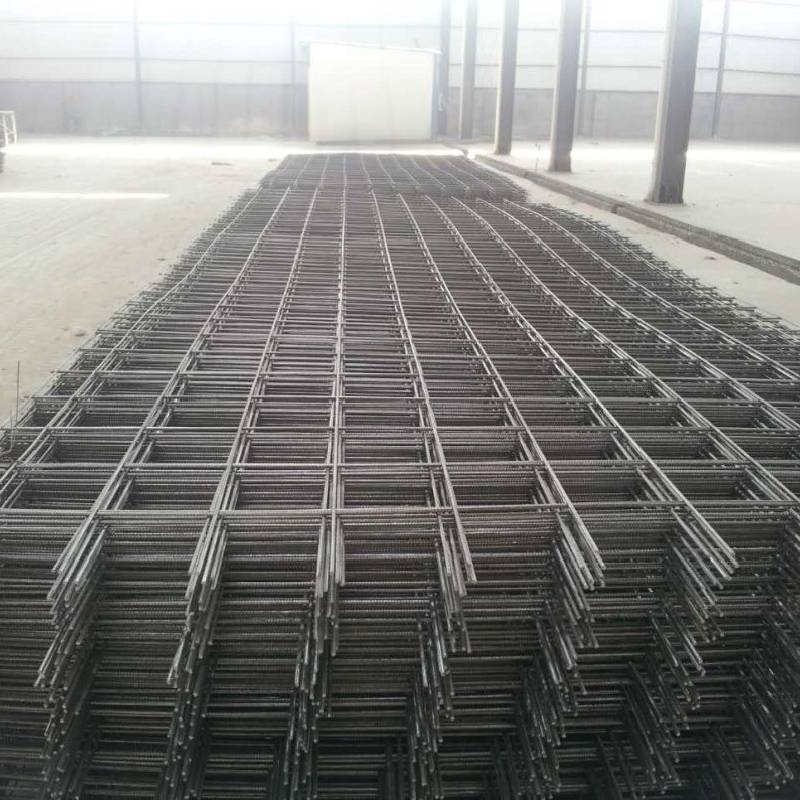
- Mobile Phone
- +8613931874955
- sales@cntcmetal.com
Effective Tomato Plant Support Solutions for Healthy Growth and Maximum Yield
The Importance of Tomato Plant Support Cages
Growing tomatoes can be an incredibly rewarding experience, whether you are a seasoned gardener or a beginner. The vibrant red fruits, full of flavor, can elevate any dish and provide a fresh addition to your meals. However, to ensure a bountiful harvest, providing adequate support for your tomato plants is crucial. This is where tomato plant support cages come into play.
Tomato plants are naturally sprawling. Without any form of support, they tend to grow along the ground, which can lead to numerous problems. Firstly, tomatoes grown on the ground are more susceptible to soil-borne diseases and pests. When the fruit comes into contact with the soil, it can pick up pathogens that may lead to rot and other ailments. Moreover, ground-hugging plants tend to be less productive, as the fruit often lacks proper airflow and sunlight. This is why investing in a suitable support system, such as tomato cages, can drastically improve your yield and the overall health of your plants.
Tomato cages come in various shapes, sizes, and materials, including metal, plastic, and wood. Metal cages are often preferred for their durability and strength. They can support heavy plants laden with fruit, whereas wooden cages are typically more aesthetic but may not provide the same level of support. When selecting a cage, consider the growth type of your tomato variety—indeterminate (which continues to grow and produce throughout the season) or determinate (which grows to a certain height and then stops). Indeterminate varieties need taller and sturdier cages, while determinate types may require shorter structures.
tomato plant support cage

Setting up a support cage is straightforward, but timing is essential. It is best to place the cage around the young tomato plant shortly after planting. This ensures the plant grows into the cage rather than being forced into it, minimizing damage to the roots and foliage. As the plant grows, gently guide the stems and branches through the cage openings, promoting vertical growth and ensuring they don’t flop over. This vertical growth not only conserves space in the garden but also allows for improved air circulation, which is vital in preventing various diseases.
Another advantage of using tomato cages is that they make it easier to tend to the plants. When tomatoes are supported properly, it is easier to see the fruit, check for ripeness, and spot any pests or diseases that may be developing. Harvesting becomes less of a chore, as you can reach the fruit without having to sift through tangled foliage. Additionally, maintaining a neat garden layout is easier when plants are properly supported, leading to a more organized and visually appealing space.
It's worth noting that while tomato cages provide substantial support, they may not be effective in extreme weather conditions, such as strong winds or heavy rains. In such cases, you may need to supplement the cages with additional support, such as stakes or ties. Ensuring the cages are securely anchored to the ground can also help in preventing them from tipping over when faced with harsh elements.
In conclusion, investing in tomato plant support cages is a simple yet effective way to ensure your tomato plants thrive. They protect the plants from ground-related diseases, enhance fruit production, and simplify the maintenance and harvesting processes. By providing proper support, you not only contribute to the health of your plants but also increase your chances of a successful and fruitful harvest. Whether you are cultivating a small garden or a larger plot, integrating tomato cages into your gardening routine is a worthwhile endeavor that will pay off with delicious home-grown tomatoes.
share:
-
Wall Ties for Concrete: Invisible Guardians of Building Structural StabilityNewsAug.08,2025
-
Timber Frame Wall Ties: Stable Bonds for Load TransmissionNewsAug.08,2025
-
Stainless Steel Woven Wire Mesh: A versatile material from boundary protection to functional supportNewsAug.08,2025
-
Powder Coat Coil Springs: Creating peace of mind and reliability with sturdy protectionNewsAug.08,2025
-
Floor Standing Sign Holder: A Powerful Assistant for Flexible DisplayNewsAug.08,2025
-
Binding Iron Wire: An Invisible Bond for Building StabilityNewsAug.08,2025
-
Yard Sign Stakes: Reliable Guardians of Outdoor SignsNewsAug.04,2025



















